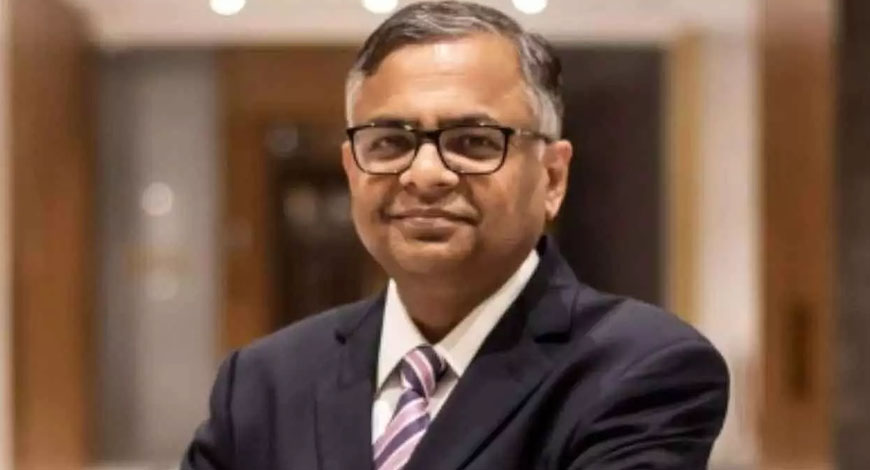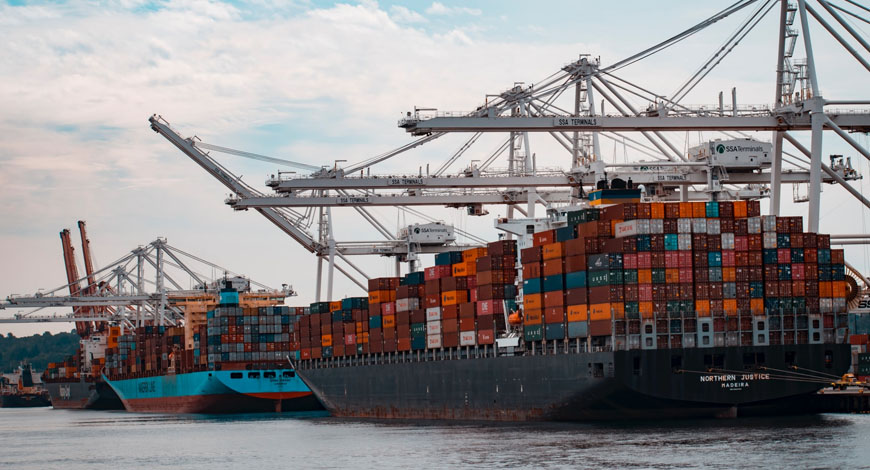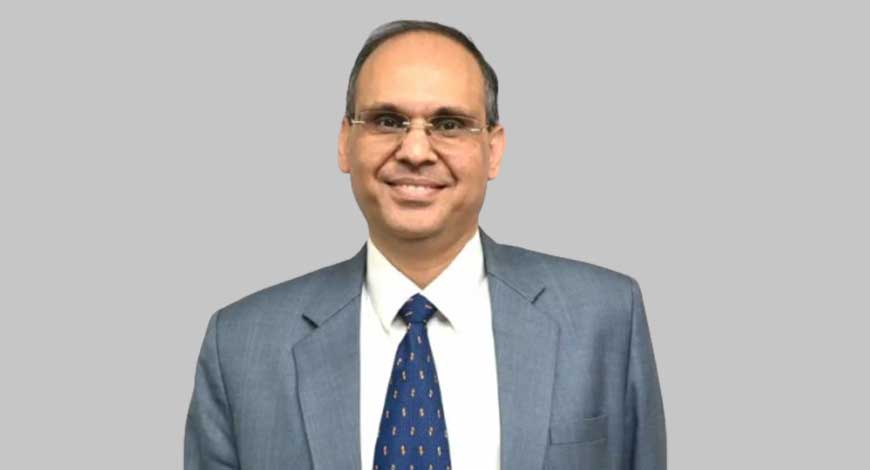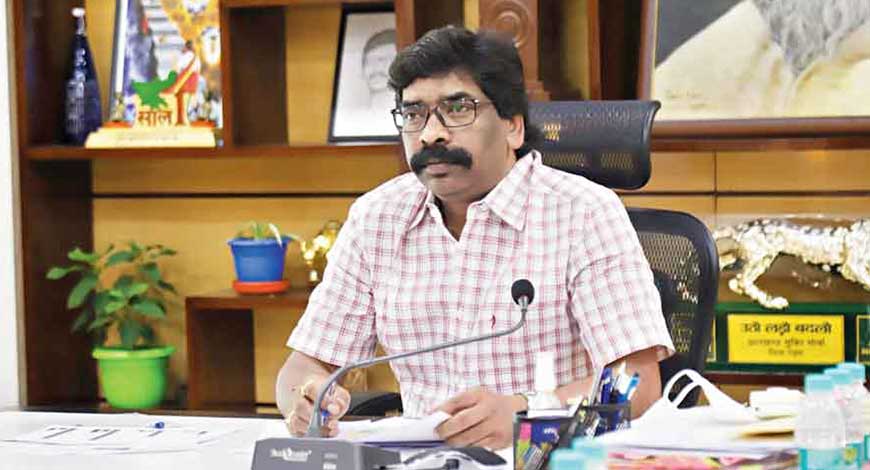India’s medical technology (MedTech) industry is poised for rapid growth in the coming years, with several new players entering the segment to meet the rising global demand for a range of medical devices.
The Indian MedTech industry is relatively young and will take time to earn the confidence of local hospital chains that source most of their devices from established, foreign multinational corporations (MNCs). As such, Indian medical equipment manufacturers are eyeing regulated global markets like the US and Europe, as well as Asia Pacific and the Middle East regions for business and better revenue realization, industry executives and experts said.
According to the Association of Indian Medical Device Industry (AIMED), the domestic MedTech market was valued at approximately $12 billion in 2023-24, and is expected to more than quadruple to $50 billion by 2030.
India’s MedTech sector is expected to grow at a compound annual growth rate (CAGR) of 20-23% for the next five years, according to consulting firm EY. The industry has also seen a huge inflow of private funding this year. By August, it had attracted over $1.2 billion of private equity and venture capital investments, the highest in the past five years.
You will see that a large part of what is produced here will find its way to the global markets,” said Suresh Subramanian, national lifesciences leader, EY-Parthenon India.
India’s medical devices exports rose at a CAGR of 14% from FY20 to reach reach $3.8 billion in FY24, according to a report by EY released in November 2024.
However, the country continues to remain a net importer of medical devices, bringing in 80-85% of its domestic requirements from abroad. In FY23-24, India’s medical devices imports reached $8.2 billion, marking a 13% increase from the previous year, and more than twice the value of total exports.
“The surge in imports is attributed to the growth of top-tier hospital chains such as Max, Hinduja Group, Fortis, Manipal, Calcutta Medical Research Institute (CMRI) and Apollo, which are investing in advanced infrastructure,” the EY report stated.
Indian companies see potential for growth domestically, but inadequate R&D ecosystem, and lower cost realization have prompted them to focus on exports to boost revenue.
Export boost
“The opportunity exists to create a business that focuses on the Indian ecosystem and participates in the India growth story. Having said that, the market will still take time to evolve, so one has to get into the international space simultaneously,” said Anish Bafna, CEO and managing director of Healthium Medtech.
Healthium, which was acquired by private equity firm KKR in May this year in a $839-million deal, currently has a 50-50 split in its domestic and international business. Bafna expects this to continue for the next few years. The company, which also works as a contract manufacturer for other companies in addition to selling under its own brand, expects to bag more orders.
“The exports are only going to be [growing],” Subramanian of EY-Parthenon said. A key reason for this is that there is better revenue realisation for products manufactured in India being exported, he pointed out. There is also a growing engineering, software and technology talent pool in India that can be leveraged.
There are also geopolitical tailwinds, as countries look to move supply chains away from China. Unlike in pharmaceuticals, regulatory pathways for medical devices are better defined and have shorter time periods, Subramanian pointed out. “Within a year, they are able to do what is necessary to get into global markets,” he said.
A lot of Indian startups initially make products that are import substitutes and gradually realise that there is a lot of potential globally, Subramanian said.
HRS Navigation, a five-year-old startup making minimally invasive surgical navigation systems, is looking to go global in the next two years. The series-A funded startup has already captured a 30% market share in India, its director Arpit Paliwal claimed.
“Right now, 10% of our installation is international,” Paliwal said. The company is present in neighbouring countries like Nepal, as well as in some countries in Africa, and the Middle East. The company plans to crack into the European markets in the next two to three years, Paliwal said.
Established vs newcomers
Indian healthcare providers have a long-standing relationship with multinational companies, and Indian players find it hard to enter the space.
The Indian MedTech industry is still in an evolutionary stage. We are still very, very young, Bafna said. “These [import] practices have been built over the last 50-60 years where the multinationals were the first to the market,” he said.
Plus, there is still a trust deficit when it comes to Indian companies. “Our industry was never regulated. Only by October 2023, the whole industry got regulated,” said Himanshu Baid, MD, Poly Medicure. “Earlier, anybody and everybody could bring or manufacture anything without any standards or regulation,” he said.
With the National Medical Device Policy 2023, the government has brought in more regulations, which might help build confidence, but it’s a slow process, Baid said.
Import substitution
According to EY’s report, electronic medical equipment made up a bulk of India’s imports, at 64% in FY24. This was followed by ‘disposables and consumables’, which accounted for 16.7% of imports. Both these segments grew 14.5% and 11.5%, respectively.
However, industry experts see the share of consumables, as well as other low- and medium-tech equipment imports reducing in the near future. “A large part of the imports that are consumables and therapeutic devices and point-of-care devices will be manufactured in India,” Subramanian said.
In the low-to-medium technology space, Indian companies have started doing much better in the last four to five years, Baid said. “We will develop self-sufficiency in the next four-to-five years maybe,” he added. LiveMint









